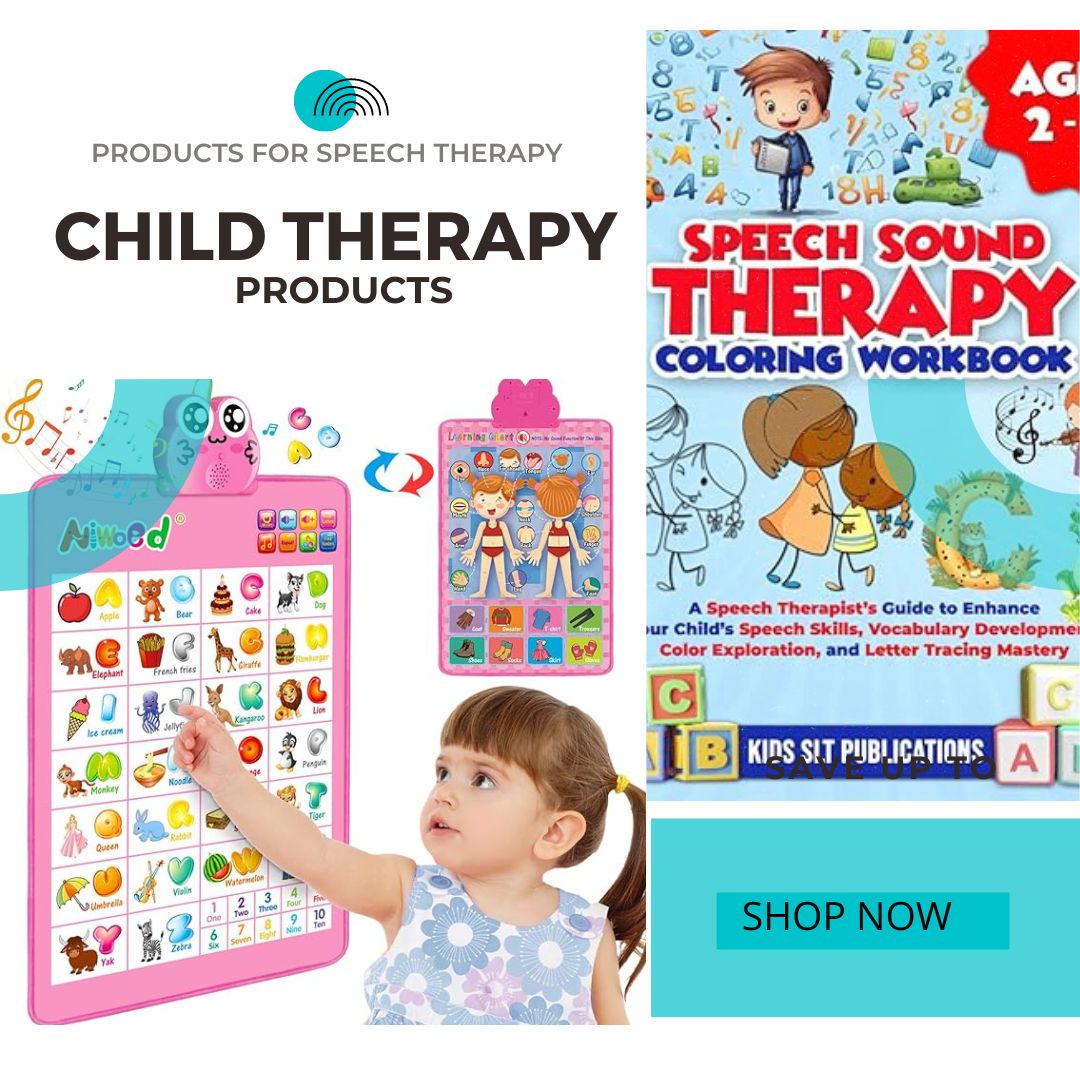The term of MLU in speech therapy refers to average length of the sentences that a child typically uses. It is a phrase that is often used when speech therapists discuss the possibility about increasing the sentence length of children during the speech therapy.
Have a look at in detail about What is MLU?, how to calculate MLU? and What speech therapy activities are used to increase MLU of a children?
What is MLU
The average length of sentences that children generally employ is known as the “mean length of utterance,” or MLU. For instance, when kids are initially learning to talk, their MLU is often 1 because they only use one word at a time: “ball?”, “mommy”, “mine”, “no”.
If a child uses a single word like this about half of the time but puts two words together the other half of the time (like “my ball”), then we would say the MLU is 1.5 words.
So the point is here, if a child is in initial stage then 1 word is fine but if he/she growing then the length of sentence should also increased with their age.
If your child age is 3, and he/she still stuck at one 1 word then this is a clear signal that you need to consult with a certified speech therapist now to provide the speech therapy sessions!
How to Calculate MLU in Speech Therapy
Mean length of utterance (MLU) is often used to measure how well a child’s language skills are developing.
If a child has a shorter MLU then start consulting with a speech therapist. Because we think that a child would likely get benefit from speech therapy as he/she will learn more words or to put more words together.
To calculate MLU, it has been checked that how long a child’s sentences are in either words or morphemes. Here a language sample is calculated to do this. For a language sample, a therapist sit down and play with a child while recording everything the child says.
Afterward, therapist will tally up the length of each utterance/sentence and collect an average.
To calculate MLU in words, simply count how many words the child says in each utterance.
That one is pretty straight forward but doesn’t always give much information about how complex the child’s language is.
To extract more information, therapists calculate the MLU in morphemes. If you don’t know what it is then read on for more information about morphemes below.
What is a Morpheme in Speech Therapy
**Warning, so this is a bit technical. If your are not interested to know all about this, we recommend you skip this section and go on to the next heading.
As we earlier highlighted that we typically measure MLU in morphemes.
A morpheme is like an atom or the smallest unit of language that holds its own meaning. That means, that if you were to dissect a word into parts, each part would have its own meaning. This is a confusing concept so let me explain you by some examples below:
The word “Banana” is one morpheme. You cannot divide that word up any more and still have any meaning to it.
For example, if you divided it into “Bana” and “na”, those words don’t have any meaning by themselves. They must be together to have meaning. However, if you add an “s” to the end to get “Bananas”, you now have two morphemes. You can divide it into “Banana” (meaning the yellow fruit) and “s” (meaning more than one).
Another single word that has two morphemes would be “working”. We can divide that word into “work” (the action) and “ing” (meaning that it is happening currently).
The word “butterflies” may look like multiple morphemes, but it is actually just one. Yes, you could break the word into “butter” (the food you smear on toast) and “flies” (the annoying bug), but you’re no longer talking about the beautiful insect that flies around your garden in the spring.
By breaking it up into those smaller words, you just changed the meaning of what you were talking about all together!
Why Calculate MLU in Morphemes?
So why does all this matter? We will answer it here…
Well that’s how we measure mean length of utterance when trying to determine if a child has a language delay.
If a child says “my pen”, that’s 2 morphemes (my and pen). But if the child says “my pens”, then here he used the 3 morphemes (my, pen, and “s”). Now if you will count by number of words, both children would have the same MLU.
However, the second child said a more linguistically complex sentence, so he deserves more credit on her MLU. Thus, morphemes are counted.
So that’s all about the Morphemes. If you would like to know more then you can check https://www.rit.edu and https://alic.sites.unlv.edu to learn about the Morphemes.
MLU Norms: Mean Utterance Length by Age
Mean length of utterance (MLU) is a helpful tool when we are trying to determine if a child’s language skills are delayed. So what are the development norms or milestones for MLU?
Here are some ages from a 2010 study of MLU in morphemes for children at different ages. (Source: Rice et. al., 2010)
Age ~ MLU
2.5 – 3 years ~ 3.23 morphemes
3 – 3.5 years ~ 3.81 morphemes
3.5 – 4 years ~ 4.09 morphemes
4 – 4.5 years ~ 4.57 morphemes
4.5 – 5 years ~ 4.75 morphemes
5 – 5.5 years ~ 4.88 morphemes
5.5 – 6 years ~ 4.96 morphemes
6 – 6.5 years ~ 5.07 morphemes
Speech Therapy for Mean Length of Utterance
So what do you do if a child’s average sentence length (or MLU) is not where it should be?
Well, there’s plenty you can do!
If you are a parent of a child and you are concerned about MLU, you should of course seek out the advice of a speech-language pathologist (SLP). This advice is not meant to replace the recommendations of a licensed SLP.
However, you can always try some of these strategies while you are waiting to get into therapy or while your child is already seeing someone.
In order to increase sentence length, a speech-language pathologist needs to determine what is missing from the child’s speech.
Here are some areas to look at when you have set speech therapy goals for increasing MLU:
Increasing MLU Goal 1: Increase Vocabulary:
It’s possible that the child does not have a large enough vocabulary to choose words from.
If the child doesn’t have a large enough vocabulary, he may not have enough words to form longer sentences. We know from research that children don’t start combining two words together (like “my bag”) until they have at least 50 words in their vocabulary.
And even then, there must be a wide range of different types of words in their vocabulary.
If the child only knows 50 nouns, he’s not going to be able to combine those in many ways that make sense. “Cookie bell” doesn’t really tell us much. Unless it was a bell made out of cookies…in which case I want one.
But I digress…
A child’s early vocabulary must include nouns, verbs, descriptors, possessives (like “my”), negatives (like “no”), demonstratives (like “that”), question words (like “what”), etc.
If the child you are working with has a limited vocabulary, try working on that as a means of increasing vocabulary. Here are some activities about increasing vocabulary:
Increasing MLU Goal 2: Increase Use of Grammatical Markers and Structures
Many times when we see children with short MLUs, we look to the grammatical markers.
Children with language delays are often delayed at their use of these grammatical markers. This can significantly decrease those MLU readings.
For example, a child who says “I want some gems please” would get credit for 6 morphemes but a child who says “want gem please” only gets 3. Those grammatical markers really add up and improves communication.
Here we have provided more information on Speech therapy activities for preschoolers, Speech therapy activities for elementary students, and Play-based speech therapy activities. So must check these articles to know how it works!!
How to Use Expansions to Increase MLU
It is possible that you will have a more difficult time teaching a younger child certain abilities such as grammatical markers. When you are having fun with a youngster, you can employ expansions, which is a method that is both simple and speedy that you can use to make sentences longer.
In order to employ an expansion, you must first wait for the child to say something on her own, and then you must repeat what she said while adding one word to the end of it.
If a child tells you to “go outside,” for instance, you should respond by saying, “I go outside” or “go outside, please” or “go play outside.” It makes no difference what you put in there. In point of fact, you could repeat that several times and each time add a different word to the end of it.
Simply provide the child with a multitude of examples to follow so that she can hear many ways to elaborate on what she is already expressing.
So that’s all about MLU!
Speech therapists and language specialists often use MLU as an objective measure to assess progress and determine appropriate therapy goals. You can use it to find out how much progress has been made by a child and if something is not working then you can try other methods or put extra effort to improve language skills!




